The museum grounds contained multiple buildings. The first one that we explored had an enormous scale model of the circus, done in 3/4-inch-to-the-foot scale. This model is the lifelong work of a circus lover named Howard Tibbals. It was impressive in its scope and detail – from the train cars that the circus traveled on to the replica town it traveled to and the full layout of the circus grounds and big top, it seems that no detail was missed. Apparently, the ticket booths even have cash tills inside that contain coins, though nobody could actually see that part of the model. These photos are just a small sampling of the overall model.
This is one of the 59 train cars of the exhibit.
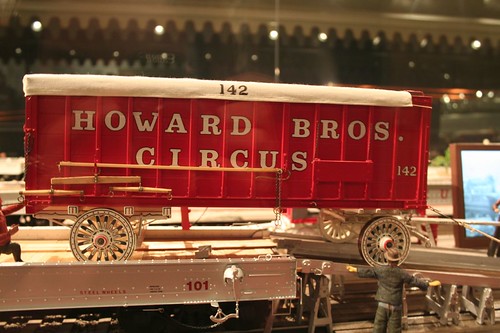
The town that the circus was visiting:
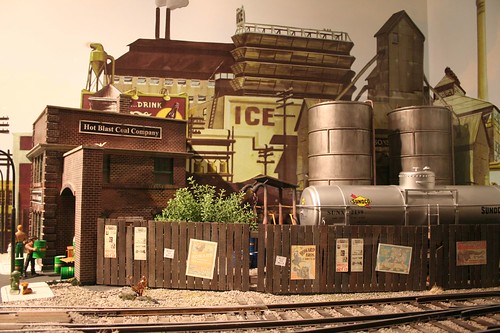
Feeding the crew of 1,300 performers and workers was no small feat:
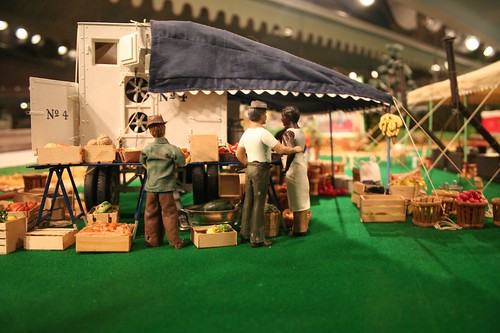

The model continued on with the animal menagerie display, the sideshows, and a full big top with numerous acts in progress, all with the same intricate detail as the rest of the display. Along with the model were information placards describing the comings and goings of the circus. The sheer logistics of moving that many people and animals and that much equipment around are amazing. The big top, which was larger than a football field, could be put up in a few hours. The whole circus “city” would come and go in a day’s time, including setup and takedown. Amazing!
After viewing the model, we moved on to Ca d’Zan. This is the house that John and Mabel built overlooking the bay. John and Mabel were ardent travelers and collectors of art, and many pieces were on display in their house. We took the hour-long tour through the house with a knowledgeable docent. The house was completed in 1926 and was built to be worthy of entertaining numerous important guests.
Here’s the front of the house:
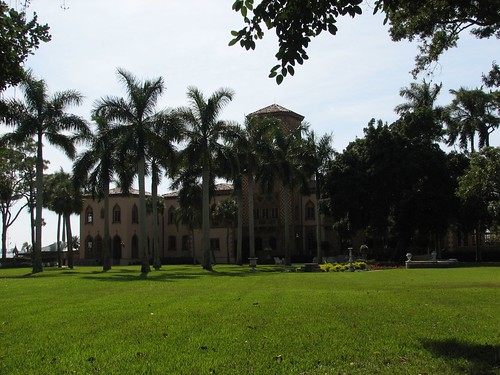
The attention to detail throughout the house was striking. This room was an entertaining room with a fully painted wooden relief ceiling.

The ceiling also contained colorful glass panels which, along with the large windows, gave the room a bright, airy feeling.

We didn’t hear the story of this birdcage but thought it looked cool. In the background is an organ that had thousands of pipes.

Upstairs was John’s lavish room, complete with a bathroom sporting a marble bathtub. The furniture was a replica of Napoleon’s furniture.
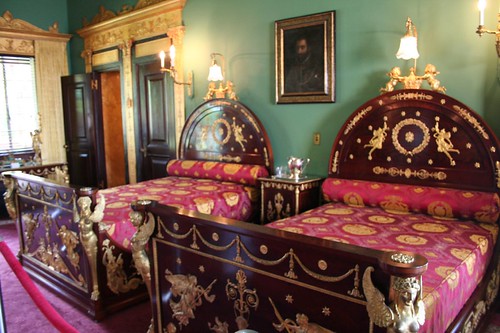
While still quite nice, Mable’s room wasn’t nearly as stately as John’s. It also lacked the beautiful ocean view.
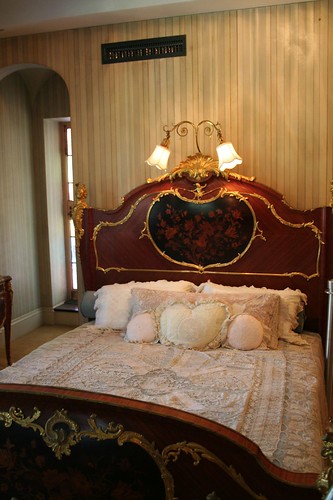
Outside the house, the Venetian influence was quite evident.
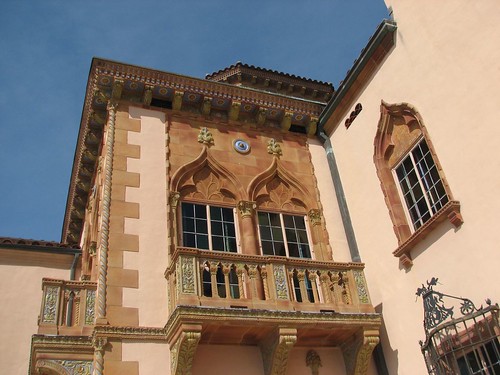
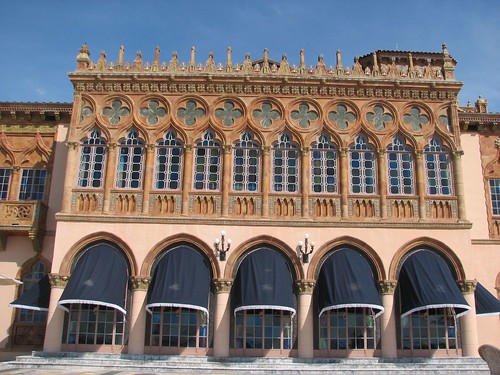
We both really liked the patio.

Continuing around the house, we thought this statue was interesting.

Walking back towards the other museum buildings, there was a tree that had nearly taken over the driveway with its roots.
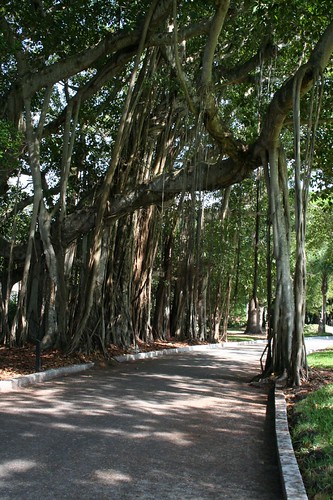
This tree had grown over one of the statues lining the driveway.
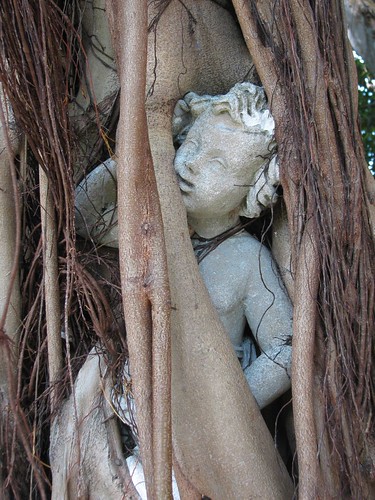
We briefly toured the rose garden. Mabel was known for her love of plants and had an enormous rose garden. Unfortunately, they must have recently sprayed some sort of pesticide on the plants, so the smell was unpleasant. We didn’t dally, but did stop to photograph one of the many unique cement statues in the garden.
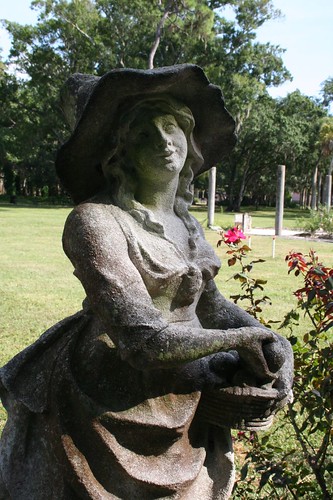
Next, it was on to the building that contained the circus artifacts, including costumes, train cars, and various props. It also displayed bios on some of the famous circus performers.
After that, it was about 5 pm and the museum closed at 5:30, so we didn’t get to see much of the art museum. John Ringling had a huge personal art collection which is housed in a museum on the property that he built. The museum also houses several visiting exhibits. We wanted to see the Egyptian exhibit so we breezed through about half of the museum just to get to the back where the exhibit was housed. The sheer size of the collection was impressive.
We didn’t get much time to see the Egyptian exhibit, which compared funeral artifacts and ceremonies of the rich and poor in ancient Egypt. Many of the artifacts were similar but made out of different, less expensive materials, or they were borrowed and reused.
After the museum kicked us out at closing time, we killed another hour or so in town before driving to Myakka River State Park where we’d camp for the night.
No comments:
Post a Comment